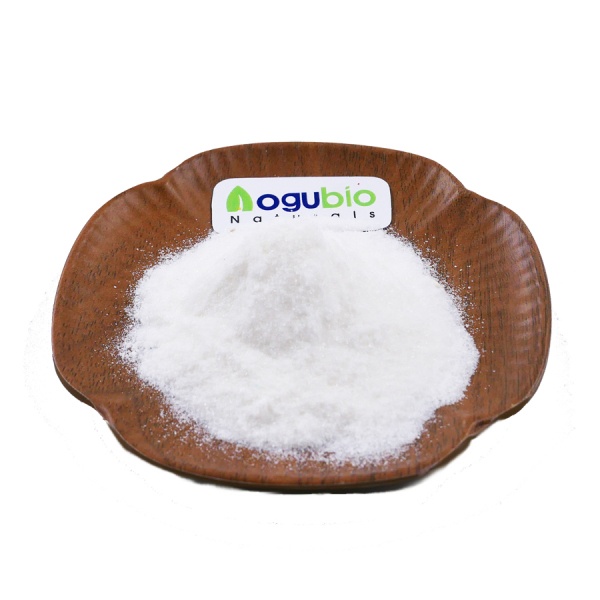| Molecular formula: | C4H6O6 |
| Molecular weight: | 150.09 |
| CAS NO.: | 87-69-4 |
Quality standard(BP2012,USP32,FCCVI)
| USP32 | BP 2012 | FCCVI | |
| Assay (C4H4O6 ) | 99.5-100.5% | 99.5-100.5% | 99.7%-100.5% |
| SpecificRotation[a]D(25°C) | +12.0°~+13.0° | +12.0°~+12.8° | +12.0°~+13.0° |
| Heavy metal(as Pb ) | ≤10 PPM | ≤ 10 PPM | ≤ 2 PPM |
| Oxalate acid | ≤ 350 PPM | ≤ 350 PPM | No turbidity forms |
| Residue on ignition | ≤0.1% | ≤ 0.1% | ≤ 0.05% |
| Sulfates(SO4) | ≤ 150 PPM | ≤ 150 PPM | No turbidity forms |
| Loss on drying | ≤0.5% | ≤0.2% | ≤ 0.5% |
| Chloride(CL) | ≤100PPM | ≤100PPM | ≤100PPM |
| Lead | ≤2PPM | ≤2PPM | ≤2PPM |
Uses:
L(+)-Tartaric acid is widely used as acidulant in beverage,and other foods, such as soft drinks, wine, candy, bread and some colloidal sweetmeats. With its optical activity, L(+)-Tartaric acid is used as chemical resolving agent to resolve DL-amino-butanol, an intermediate for antitubercular drug. And it is used as chiral pool to synthesize tartrate derivatives. With its acidity, it is used as catalyst in the resin finishing of polyester fabric or pH value regulator.
Packing: 25kg net in complex bag lined with PE bag, 20mt/20’Fcl (on pallet)
Storage:Kept air-tightly in a light-proof, dry and cool place
Shelf life:24 months









